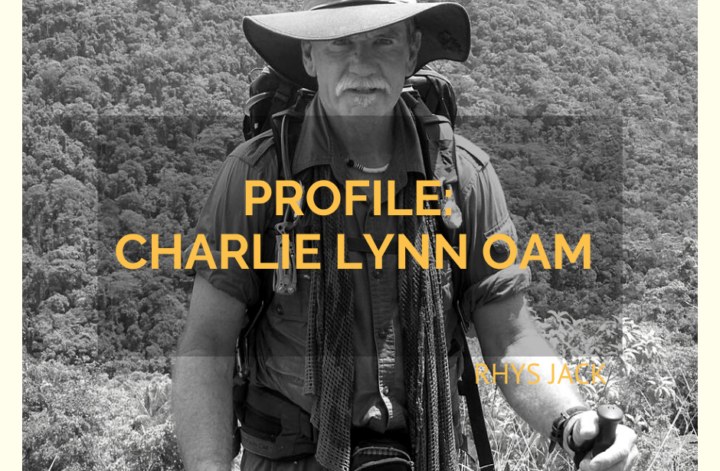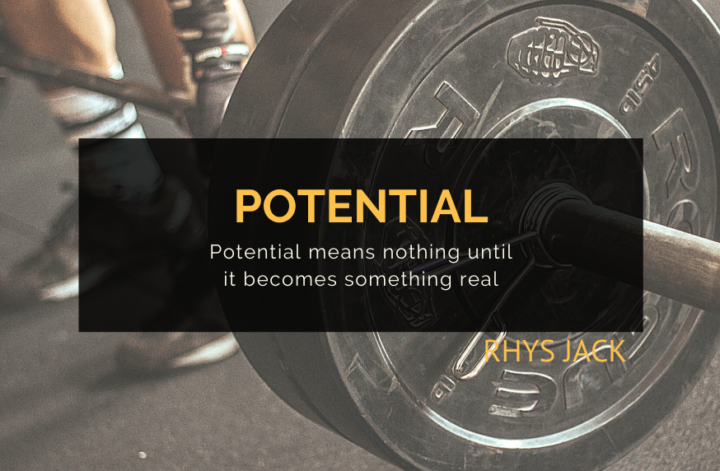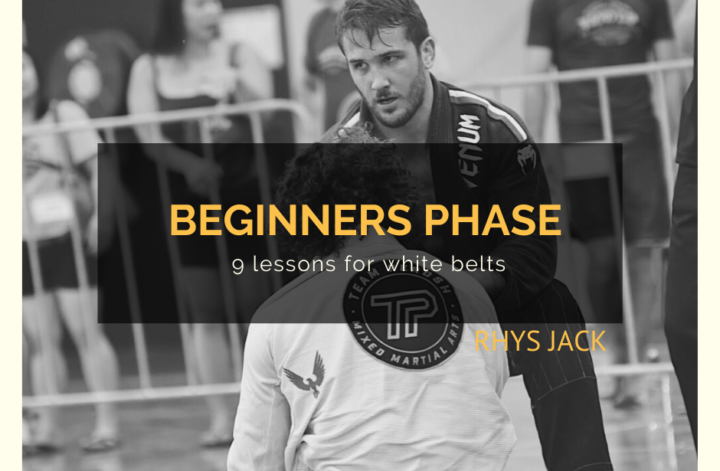The path to achieving anything worthwhile isn’t supposed to be easy. Becoming not only good at something, but a master at it requires the combination of intense focus, the ability to learn new skills, ongoing persistence and a lot of patience.
These are abilities that can be difficult to bring together in the world we live in today where distractions and instant gratification are all around us.
For most of human history, the idea of instant gratification has been a rare exception, not the normality of everyday life. Anything worthwhile that was to be created or built required a great investment of time, resources and knowledge.
For the first hunters seeking to track and kill the food they needed eat to survive it took a deep understanding of the environment they lived in, as well as the creatures that inhabited those areas. They had to make weapons to protect themselves, learn how to create fire and avoid other animals that were poisonous and deadly.
Similarly, It took many years of watching ocean currents, observing weather patterns, and recognising the slightest movement of the stars for the first explorers to successfully venture out to sea in search of new lands.
The result of investments like these across thousands of years has led to the world we live in today. A place where the time between investment and realised value has been reduced to almost zero by the technology we have in our hands.
We don’t need to hunt in the forests or risk our lives crossing the oceans anymore, we can eat virtually whatever we want to and instantly see anywhere in the world all from the comfort of our homes.
It’s convenient, but it doesn’t serve us well in all areas of life. The instant payoffs we live with can keep us from searching for more. From looking for other ways to create something far better and far more rewarding which can only be found through a deeper exploration of the details.
Creating Something Worthwhile
We all want our time on this planet to mean something and to use the time we have to create something that’s a reflection of who we are; of our interests, our passions, our sense of quality and our character.
We want a purpose and we want that purpose to allow us to leave a legacy in some way.
If you are lucky, you find a way to express that inner craving for expression. A pursuit or project that helps you to bring that inner reflection out into the world.
It may be through music or art, writing, business, playing a sport, or raising a family; whatever it is, it calls you to want to understand the details that lead to success in that pursuit, and you become willing to invest the time and effort needed to figure out those details.
It’s at that moment you begin an apprenticeship toward mastery. The love of those tasks that give you a feeling of expression produce a dedication beyond normal levels, and it’s this level of dedication that leads to the creation of something authentic. A true reflection of your potential in the world.
These creations are left behind for us all. In the great artworks, songs, sporting achievements, books and discoveries of the world. All created by masters in their specific field.
The Phases of Mastery
This pursuit of mastery is available to everyone but few people venture down the path.
But if you are fortunate to travel far enough down the path, what you create as a result of your practice is something that others will see and be able to observe too.
It’s at that point that they may also question the potential that is within them and begin to search for their own path of mastery. This is the point of inspiration.
Leonardo da Vinci, Charles Darwin, Amelia Earhart, Bruce Springsteen, & Tom Brady are all examples of people who have travelled along the same steps of mastery. All were grounded in a process of apprenticeship which involved a repetitive, and disciplined dedication to their craft, all of them acquired the many skills needed to achieve success in their field, and all of them took risks to actively put their work into the world which in turn inspired others.
But how do you set yourself to achieve the same level of success in the world today? What are the steps to achieving mastery?
In the book Mastery by Robert Greene, he outlines the three phases that creators must pass through to move from apprenticeship to mastery. These phases are:
i) The Passive mode
ii) The Practice mode
iii) The Active mode
1. Passive Mode – A Dedication to Deep Observation
This initial stage is a period of submission to learning, observing and giving yourself enough time and space to understand the many details of the world that surrounds your craft.
There are many rules and procedures that work together to govern success in any field, and when you first start out in a new profession, or to develop a new skill, it takes some time to fully understand what these rules are.
In addition to this, there are certain power relationships and political battles that will exist below the surface and which may not be easily understood by a novice or beginner.
It takes time to not only see these but to understand how they operate and how to manoeuvre or avoid them.
This phase is as much about survival and grasping the rules of the game as anything else.
Like a hunter who develops a knowledge of the forest around them before taking any potentially costly risks, the time spent observing the field is incredibly important for the next phase of your development.
2. Practice Mode – Hours and Hours of Skill Acquisition
This phase involves a deep focus on the craft itself, on watching and imitating the various movements and patterns that have led to others successes in the past.
It is in this phase that the generally accepted ‘10,000 hours’ of practice takes place – which can last from 7-10 years.
During this process, the movements, knowledge and skills that are required to become a master become hardwired in the brain. This only happens through endless repetition and hands-on experience which instils itself into the neurons of the frontal cortex in your brain.
As you become more proficient at the skill, your brain uses fewer neurons which now become free to focus deeper into other areas and finer details. This process pushes accumulated knowledge down further into the areas of the brain that require less conscious control, allowing you to work on autopilot.
As your brain uses less energy to complete these now subconscious skills, you can focus even more deeply on smaller details of your work, increasing your skills further, leading to more pleasure in the act of doing what you love to do.
The pleasure now comes from overcoming challenges, unlocking new details, and gaining confidence that your abilities are increasing.
It’s at this point where a feeling of connection with the craft – a sense of flow – and the realisation of mastery begins to occur.
3. Active Mode – Putting the Work Into the World.
In this final stage toward mastery, you must actively put your work and your skill out into the world. This could mean exposing yourself to the opinion of others. The purpose here is to understand where your training is incomplete, where you can improve and what gaps exist in your knowledge.
Transitioning to this phase can be difficult as it is easy to stay within your comfort zone for longer than is necessary. It can require you or someone else to force you to take action before you think you are ready and to face any fears about what others may think of your work.
Ultimately this phase is the end of the apprenticeship stage and the start of your independence as a master. You may also feel the need to go back and explore ways to expand or combine your skills with other areas, at which point you may enter back into the observation mode once again as you continue the never-ending process of self-expression.
The Identity of Mastery
The path toward mastery in anything has never been easy, and it never will be. It requires the investment of many hours of work, and the many years our brains and bodies need to operate autonomously at a subconscious level.
The path to mastery requires that the act of expression which you believe is your purpose and your legacy becomes part of your everyday identity. It means that you think of yourself as the artist, the entrepreneur, the champion fighter, the innovator, or whatever it is you dream of yourself to be, regardless of what the results may look like today. Because with enough practice, persistence and focus you will break through to the other side.



